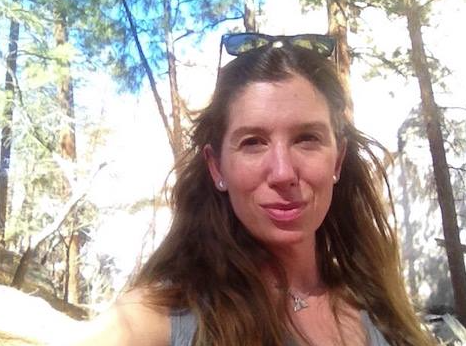To keep water safe, task force is vigilant
Published 3:58 am Wednesday, December 16, 2015

- Jesse Jones
CANNON BEACH — Clean water is crucial to ecological health. It’s why Jesse Jones with the Surfrider Foundation’s Blue Water Task Force talked about the Ecola Creek Watershed’s health during a Haystack Rock Awareness Program lecture last week at the Cannon Beach Library.
Jones has worked in many aspects of water, both scientific and artistic. She grew up on the Nehalem River.
“The quality of water depends upon who needs it to live,” she said. “Salmon need cold water to reproduce, so testing is done to determine the temperature. That is done here in Ecola. Humans need clean water to drink and bathe, so testing is done to determine bacteria levels. Plants, people and animals need clean water to grow, so testing is done to determine all sorts of things.” Scientists look at factors like oxygen, algae, metals and sediments.
The Oregon Department of Environmental Quality only monitors four sites in Clatsop County and the Beach Action Value used to determine whether water is safe to swim in or ingest will be lowered in 2017, adding more strain. Jones said the state just doesn’t have the money to do more — that communities need to do more work.
Jones said she thinks Timothy Morton’s book “Ecology Without Nature” makes a good point: humans need to focus on doing more. But she disagreed with him on data being a waste of time.
“If we aren’t looking in the water to see what’s there, then we aren’t going to know what’s in the water, so we have to continue to do it,” she said. “But I think we can do it a lot more efficiently.”
She added there should be conversations about how to do so and who should do it.
Surfrider needs more volunteers to assist in water testing. The Blue Water Task Force has four regular volunteers and 12 total, Jones said.
Many are retirees. She said coordinators like their knowledge, but also need youth to carry on the tasks.
“I think education is a big part of it,” she said.
Some in the audience suggested partnering with local schools. If they had more volunteers, Jones said, they could do additional testing.
Some want the stormwater running into drains and rivers tested, but it takes many resources.
Bob Lundy samples for enterococcus bacteria in Ecola Creek and both the Blue Water Task Force and Oregon Beach Monitoring Program test at the outfalls and in shorewater.
Lundy said water farther back in Ecola Creek looks different from the outfall water. Outfall water has animal feces, trash deposits and more that’s run into it. Pesticides are also a water quality concern.
The Ecola Creek Watershed Council does the monitoring of water temperature. Many streams are too warm for salmon spawning, but Ecola Creek appears to be healthy, Jones said.
“Ecola Creek is pretty cold, which is great,” she added.
There are some spots above 70 degrees, but testers aren’t sure of the causes.
They are working on correlation studies.
Jones said there are multiple steps the public can take to assist. In addition to volunteering for the Blue Water Task Force or joining the watershed council, she said residents could help protect the creek by paying attention to physical characteristics and buying reusable water containers.





